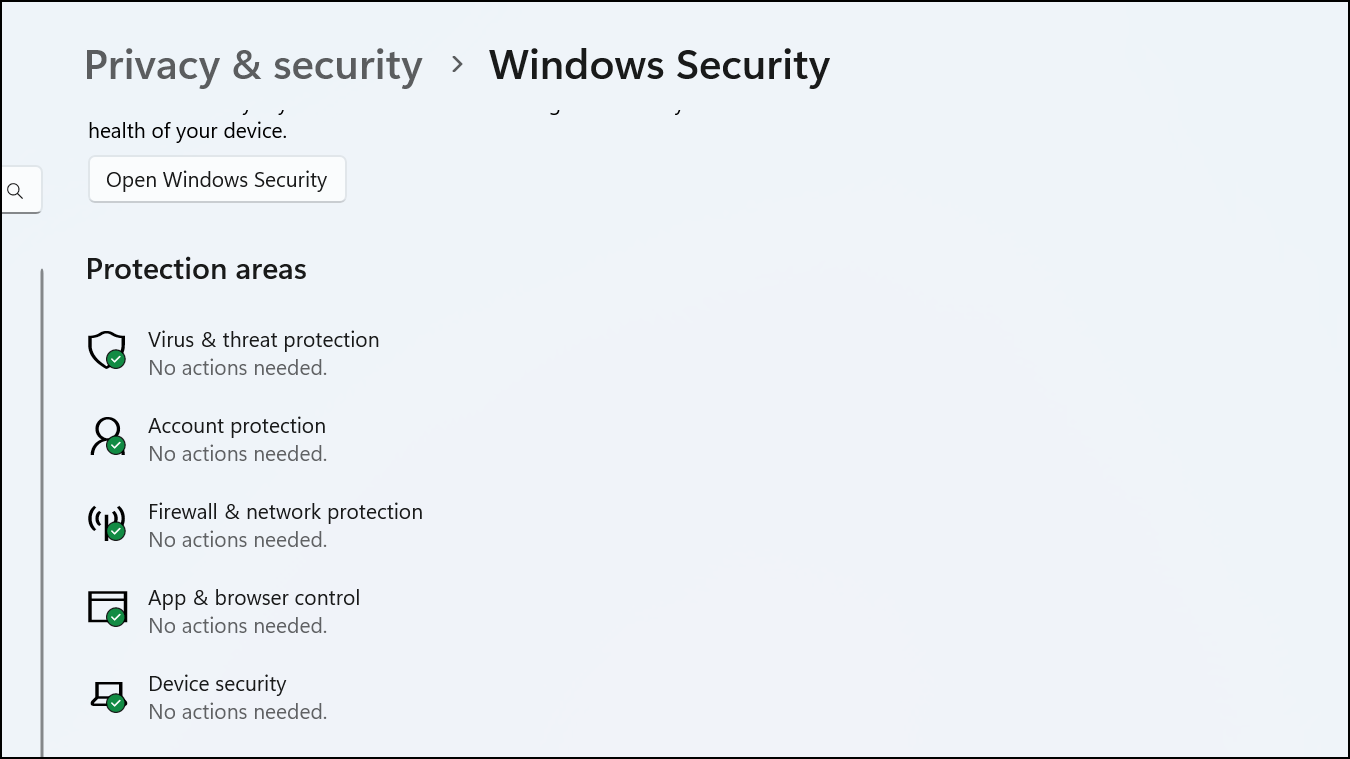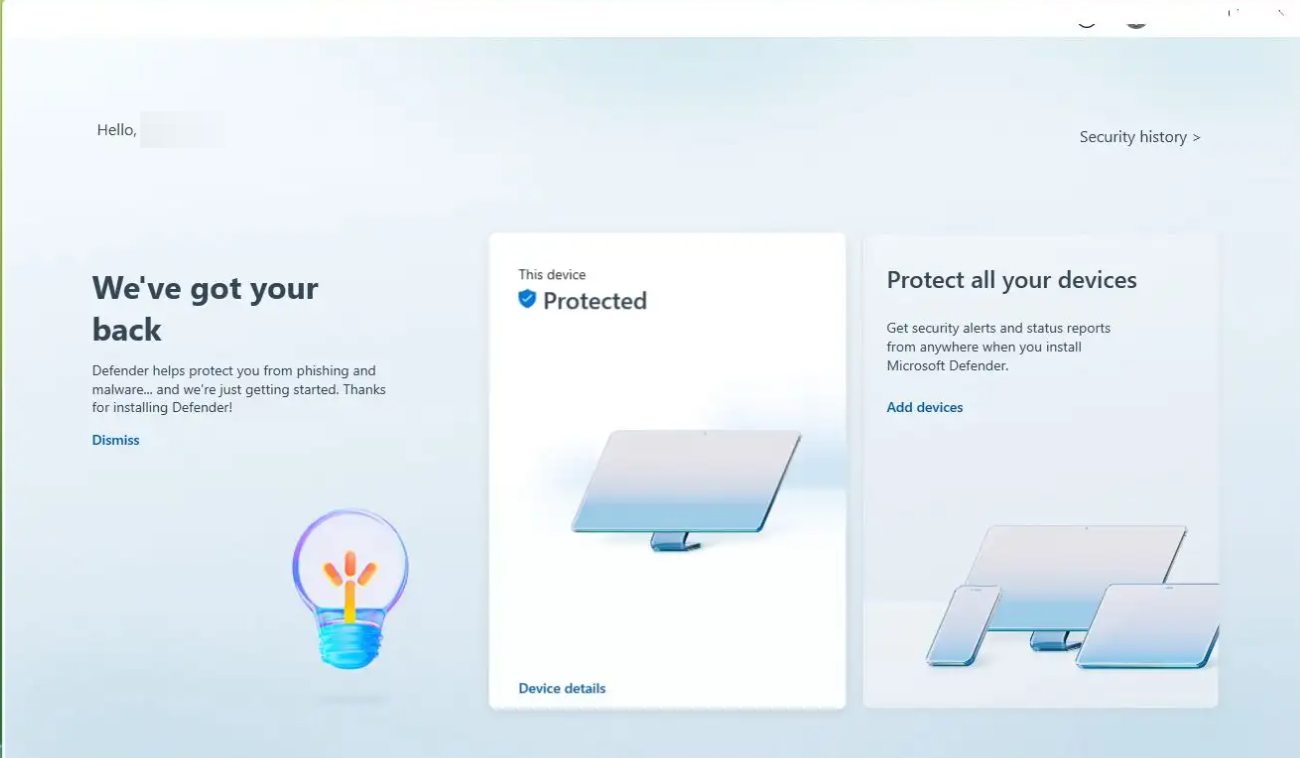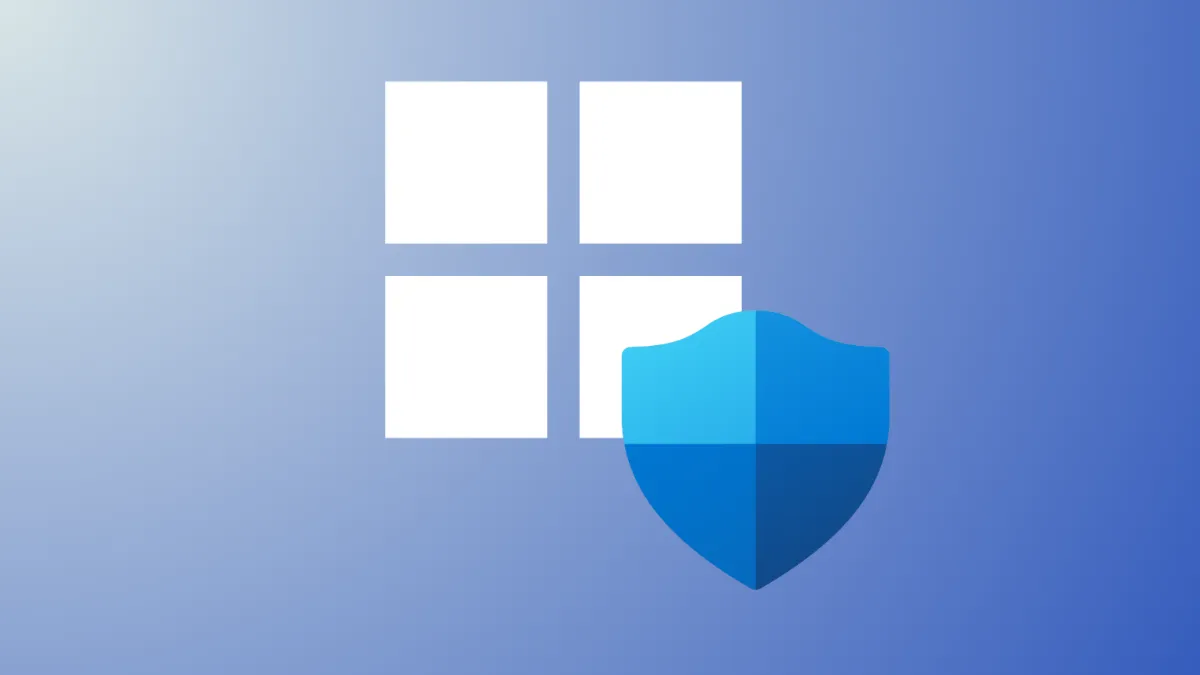Confusion between Windows Security and Microsoft Defender often leads users to overlook important security options or pay for features they already have. Windows 11 includes both, but each serves a different purpose in protecting your device and personal data. Knowing these differences can help you make smarter choices about your PC’s defenses and avoid unnecessary subscriptions.
Windows Security: The Built-In Defense Suite
Windows Security is the default security application included with every Windows 11 installation. Previously called Windows Defender, it now serves as a centralized dashboard for managing various built-in protection features. This suite covers antivirus, firewall, network security, and device health monitoring without requiring any additional downloads or subscriptions.
Key protection areas within Windows Security include:
- Virus & threat protection: Runs on-demand and real-time scans to detect malware, viruses, ransomware, and other threats. Users can start Quick, Full, Custom, or Offline scans through the dashboard.
- Account protection: Safeguards your Microsoft account and helps manage sign-in options, like Windows Hello and two-factor authentication, to block unauthorized access.
- Firewall & network protection: Controls incoming and outgoing network traffic, blocking suspicious connections and helping prevent hackers from accessing your device.
- App & browser control: Uses Microsoft Defender SmartScreen to block potentially harmful apps and malicious websites, reducing the risk of phishing and drive-by downloads.
- Device security: Displays and manages advanced security features such as core isolation, secure boot, and Trusted Platform Module (TPM) status, which protect against firmware-level attacks.
- Device performance & health: Monitors system health, including storage, battery, and software updates, and flags issues that might impact performance or stability.
- Family options: Provides parental controls, content filtering, and activity reports for child accounts, with management options available through a web portal.
All of these features operate together to provide a comprehensive, continuously updated defense against common threats. Updates arrive automatically through Windows Update, ensuring that your system is protected against the latest vulnerabilities and malware signatures.

Microsoft Defender: Subscription-Based Protection for Microsoft 365 Users
Microsoft Defender, sometimes referred to as Microsoft Defender for Individuals, is a separate application offered as part of Microsoft 365 Personal or Family subscriptions. Unlike Windows Security, which is free and built-in, Microsoft Defender is an optional download that extends protection beyond the basics provided by Windows Security.
Key features of Microsoft Defender include:
- Identity theft monitoring: Scans the dark web and public breach databases for your personal information, such as email addresses and social security numbers. If your data appears in a known breach, you receive an alert and guidance on how to respond.
- Multi-device security dashboard: Allows you to monitor the security status of up to four devices—including Windows PCs, Macs, Android phones, and iPhones—from a single interface. This is especially useful for families or users with multiple devices.
- Fraud and restoration support: Offers up to $1 million in restoration costs and $100,000 in lost funds coverage for identity theft victims, through partnerships with third-party services like Experian.
- Device protection notifications: Sends alerts if suspicious activity is detected on any device linked to your Microsoft account or family group, allowing for quicker responses to emerging threats.
It’s important to note that Microsoft Defender does not replace Windows Security’s antivirus engine—in fact, it works alongside it or any third-party antivirus software you might install. Previously, Microsoft Defender included a VPN feature called Privacy Protection, but this was discontinued in February 2025. The focus has shifted toward identity monitoring and device management rather than providing encrypted internet connections.

Comparing Windows Security and Microsoft Defender
Despite their similar names, Windows Security and Microsoft Defender are not interchangeable. Their main differences can be summarized as follows:
- Availability: Windows Security is included for free with every Windows 11 installation. Microsoft Defender requires a paid Microsoft 365 subscription.
- Core Function: Windows Security provides antivirus, firewall, and device health monitoring. Microsoft Defender adds identity theft monitoring, breach alerts, and a unified security dashboard for multiple devices.
- Supported Platforms: Windows Security is exclusive to Windows devices. Microsoft Defender supports Windows, macOS, Android, and iOS, making it suitable for users with a mix of devices.
- Interface: Windows Security uses the familiar Windows dashboard. Microsoft Defender offers a separate app with a cross-platform interface, and notifications integrate with each device’s native system.
- Subscription Benefits: Microsoft Defender is bundled with Microsoft 365 Personal and Family plans, providing additional value to existing subscribers without extra cost.
For most users, Windows Security alone provides a strong baseline protection against malware, ransomware, and network threats. However, Microsoft Defender becomes valuable for those who need to monitor multiple devices, want identity theft alerts, or already subscribe to Microsoft 365 and want to maximize their investment.
Choosing the Right Protection for Your Needs
Determining whether you need both Windows Security and Microsoft Defender depends on how you use your devices and what risks you want to address. Some scenarios to consider:
- If you only use a single Windows PC for everyday tasks like browsing, email, and light work, Windows Security’s built-in features are sufficient for most threats.
- If you manage multiple devices across different platforms (Windows, Mac, Android, iOS), Microsoft Defender’s unified dashboard streamlines security management and monitoring.
- If you handle sensitive financial or personal information and want proactive alerts about identity theft or breaches, the identity monitoring in Microsoft Defender offers peace of mind.
- If you’re already a Microsoft 365 subscriber, adding Microsoft Defender costs nothing extra and broadens your security toolkit.
It’s worth noting that neither Windows Security nor Microsoft Defender is intended to replace a dedicated third-party antivirus suite for power users or those with advanced security needs. Independent testing often shows that specialized antivirus solutions may detect a broader range of threats, especially in enterprise or high-risk environments.
Windows Security and Microsoft Defender each play a specific role in keeping your devices and data safe—using both together, especially as a Microsoft 365 subscriber, delivers a layered approach that covers more ground than relying on one alone.


